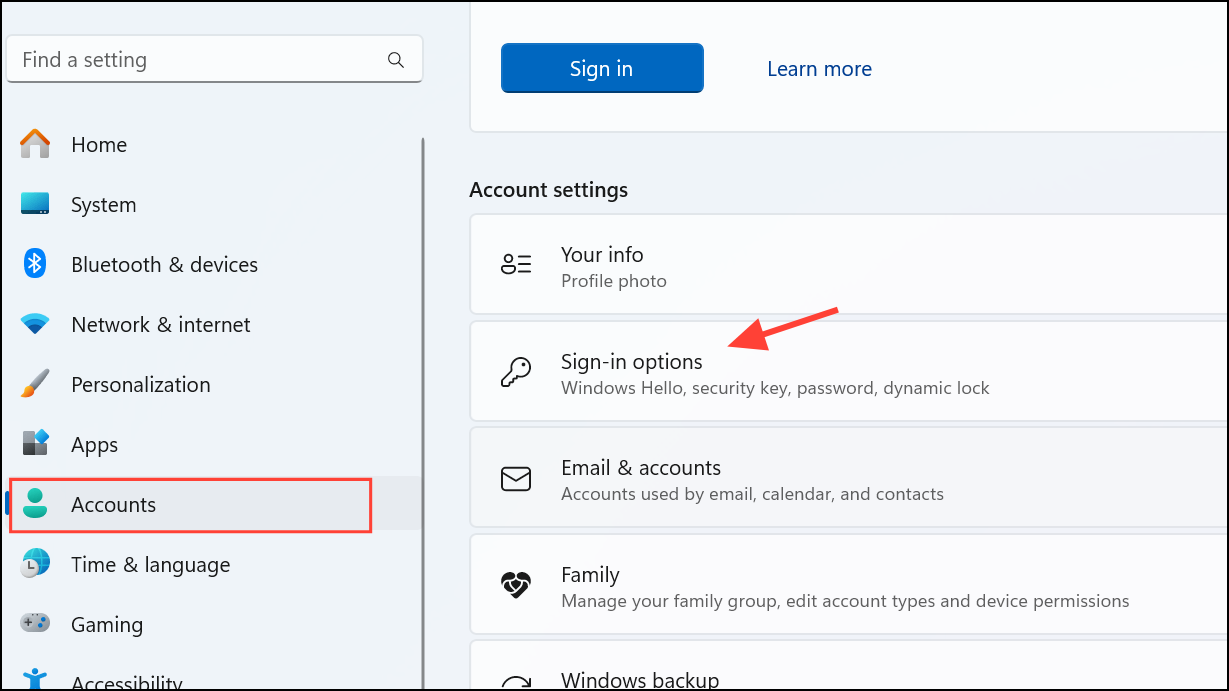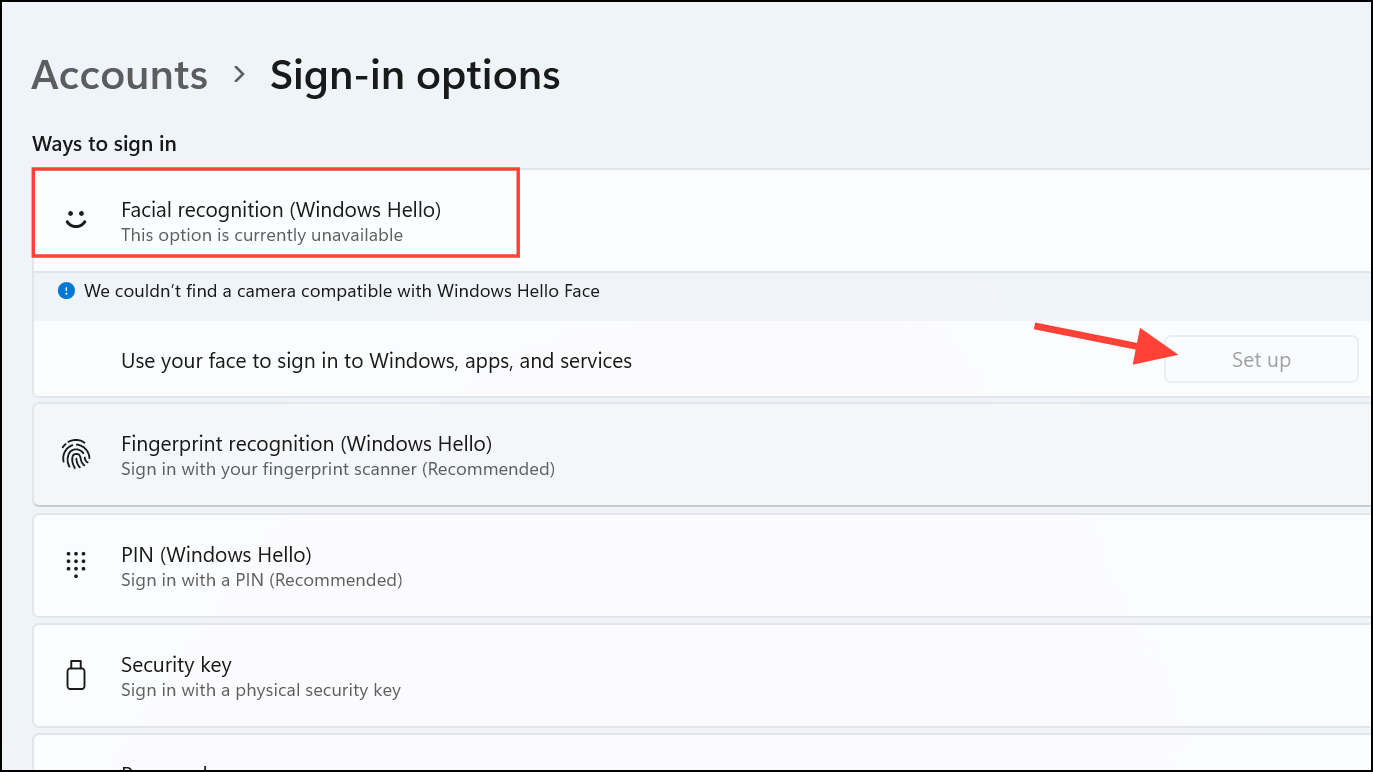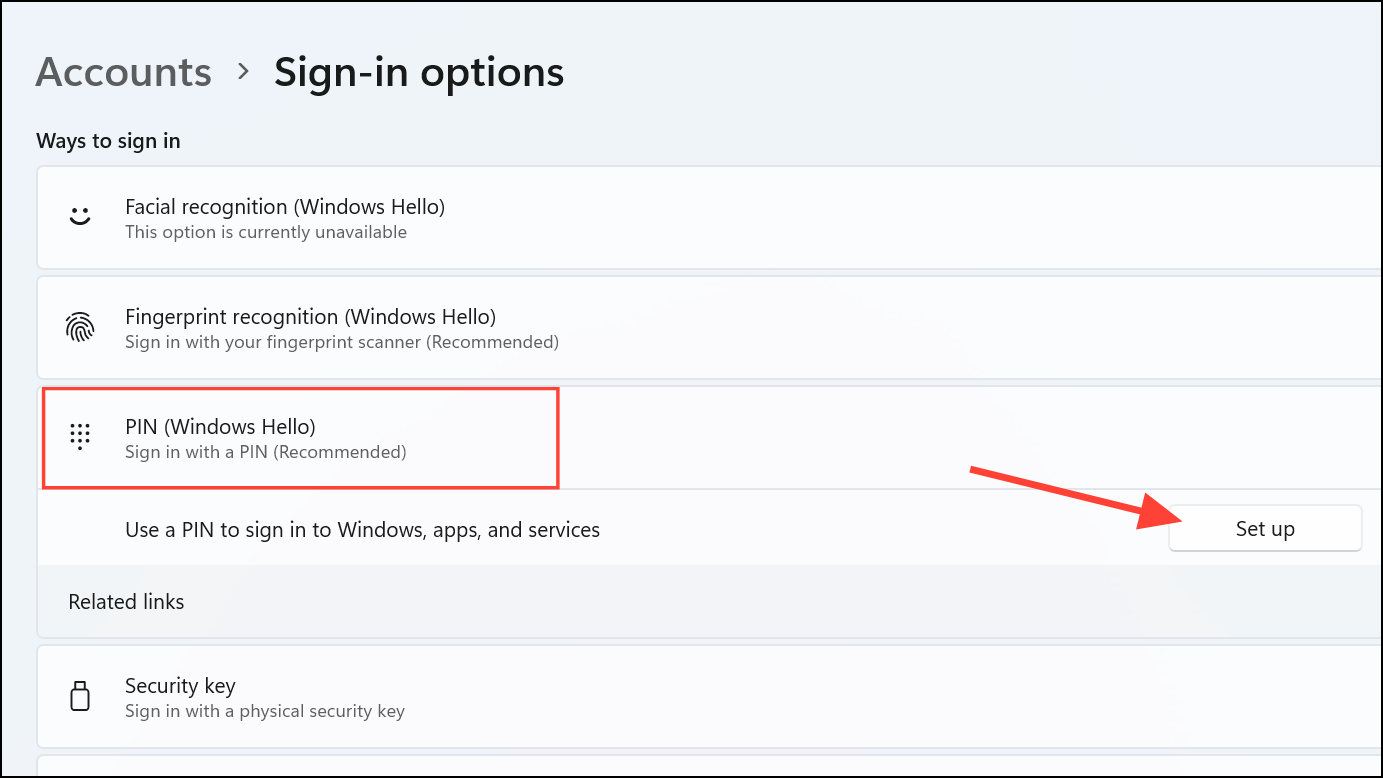Installing the Windows 11 KB5055523 update can lead to Windows Hello authentication issues, particularly for devices using advanced security features like System Guard Secure Launch or Dynamic Root of Trust Measurement (DRTM). Users affected by this update encounter error messages such as "Something happened, and your PIN isn't available" or "Sorry, something went wrong with face setup" after performing a system reset or reboot.
Microsoft has acknowledged the issue, noting it impacts only devices that enabled System Guard Secure Launch or DRTM after installing the KB5055523 update and then performing a reset via Settings > System > Recovery, choosing "Keep my files and Local install." Devices without these features enabled or those that had them active before the update are typically unaffected.
If your Windows Hello authentication stopped working after applying this update, here's how you can quickly resolve the issue:
Method 1: Re-Enroll Windows Hello Authentication (Recommended)
Step 1: Log into your Windows account using an alternative method, such as your Microsoft account password. Once logged in, click the Start button and open Settings (gear icon).
Step 2: Navigate to Accounts and then click on Sign-in options. Here, you'll find the Windows Hello settings.

Step 3: Under the Facial recognition (Windows Hello) section, click Set up and follow the on-screen prompts to re-register your face.

Step 4: If you use a PIN, find the PIN (Windows Hello) section, click Set up, and follow the instructions to create a new PIN.

Step 5: Once re-enrollment is complete, restart your PC and verify that Windows Hello authentication methods are functioning normally.
Method 2: Temporarily Disable Secure Launch or DRTM (If Method 1 Fails)
If re-enrollment does not resolve the issue, temporarily disabling System Guard Secure Launch or DRTM can help restore Windows Hello functionality until Microsoft releases a permanent fix. Follow these steps:
Step 1: Restart your computer and enter your BIOS or UEFI settings by pressing the relevant key (usually F2, Del, or F10) during boot-up.
Step 2: Locate the security settings menu within your BIOS/UEFI interface. Depending on your device, this could be under Security, Advanced, or Boot settings.
Step 3: Find options related to System Guard Secure Launch or Dynamic Root of Trust Measurement (DRTM), and disable them temporarily. Save the changes and exit BIOS/UEFI.
Step 4: Restart your PC and log in using Windows Hello. Once Microsoft releases an official fix, remember to re-enable these security features to maintain optimal protection on your device.
Additional Known Issues With KB5055523
Besides Windows Hello authentication problems, KB5055523 has introduced compatibility concerns with certain software:
- Roblox: Users on ARM-based Windows devices may experience performance issues or an inability to launch Roblox games. Roblox is actively working on a fix, but no workaround is currently available.
- Citrix Software: Computers with specific Citrix components, such as Citrix Session Recording Agent (SRA) version 2411, may fail to install this security update. Users encountering this issue should monitor official Citrix support channels for updates.
While updates like KB5055523 are essential for maintaining system security, they can occasionally introduce unexpected bugs. By following the methods outlined above, you can quickly restore Windows Hello functionality on your device. Keep an eye on official Microsoft communications for a permanent solution, which should be provided in a subsequent update.


